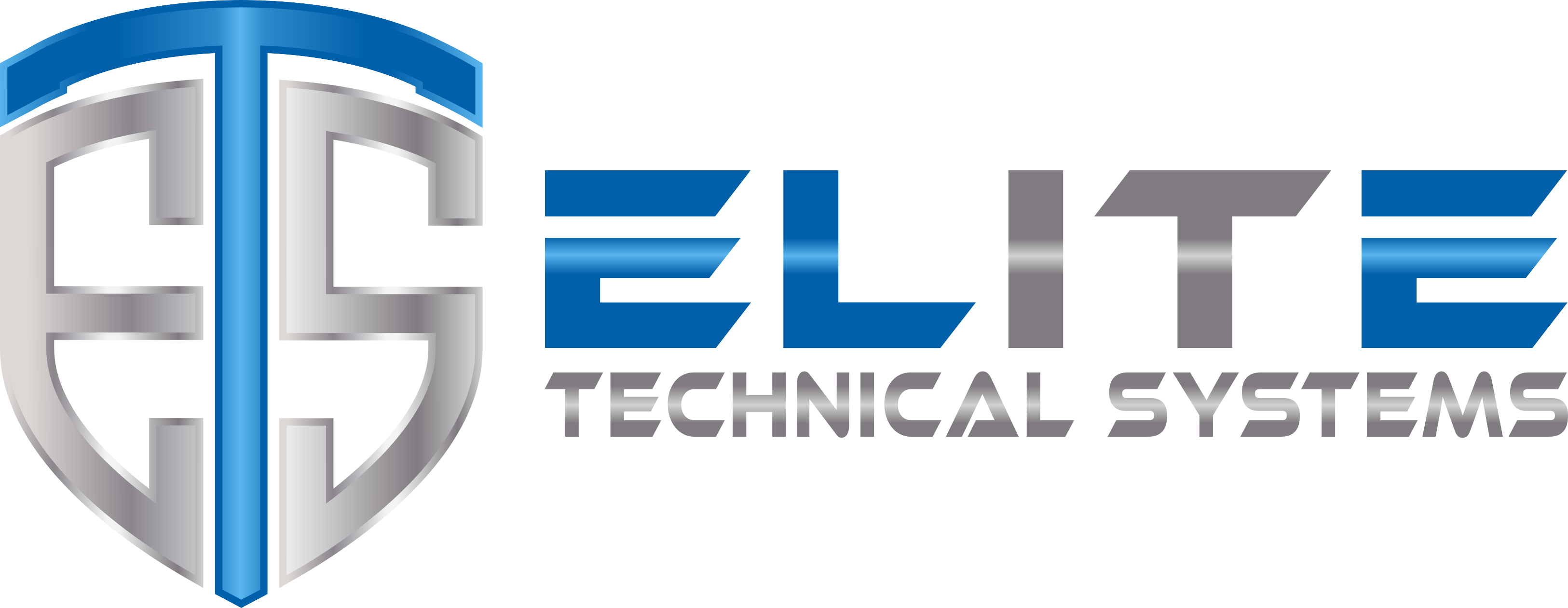A smart home automation service refers to a system or platform that allows you to control and manage various aspects of your home, such as lighting, heating, cooling, security, entertainment, and more, through the use of technology and digital devices. These services are designed to enhance convenience, energy efficiency, security, and overall quality of life within your home.
Here are some key components and features commonly associated with smart home automation services:
- Smart Devices: These are the physical devices and appliances that can be controlled remotely or automatically. Examples include smart thermostats, smart locks, smart lighting, smart speakers, and smart cameras.
- Connectivity: Smart devices are usually connected to a central hub or a home Wi-Fi network, allowing you to control them using a smartphone app, voice commands, or automation rules.
- Voice Control: Many smart home automation services support voice control through virtual assistants like Amazon Alexa, Google Assistant, or Apple’s Siri. This enables you to control devices by simply speaking commands.
- Automation and Scenes: You can create automation rules or scenes to trigger specific actions or settings based on certain conditions. For example, you can set your lights to turn on automatically when you enter a room or adjust your thermostat based on your schedule.
- Remote Access: Smart home automation services often offer remote access, allowing you to monitor and control your home while you’re away using a smartphone app or web portal.
- Security: Smart home security systems are a significant part of automation services, offering features such as video monitoring, motion detection, door/window sensors, and alarm systems.
- Energy Efficiency: Smart thermostats and lighting can help you save energy by adjusting settings based on your preferences and occupancy.
- Integration: Many smart home services support integration with other devices and platforms. For example, you can connect your smart lights to your smart speaker or your security system to your smartphone.
- User-Friendly Interfaces: Smart home apps and interfaces are designed to be user-friendly, making it easy for homeowners to set up and customize their automation preferences.
- Scalability: You can start with a few smart devices and gradually expand your smart home ecosystem as needed. Most services are scalable to accommodate your evolving needs.
Popular smart home automation platforms and services include:
- Amazon Alexa: Amazon’s voice assistant platform that works with a wide range of smart devices.
- Google Assistant: Google’s voice assistant platform, also compatible with many smart devices.
- Apple HomeKit: Apple’s ecosystem for home automation, which integrates with iOS devices.
- Samsung SmartThings: A platform that connects various smart devices and allows for automation and control.
- Hub-Based Solutions: Some homeowners use hub-based systems like Hubitat or SmartThings as a central controller for their smart devices.
When choosing a smart home automation service, consider compatibility with your existing devices, ease of use, security features, and the level of customization and automation it offers. Additionally, make sure to prioritize security to protect your home and personal data from potential cyber threats.
